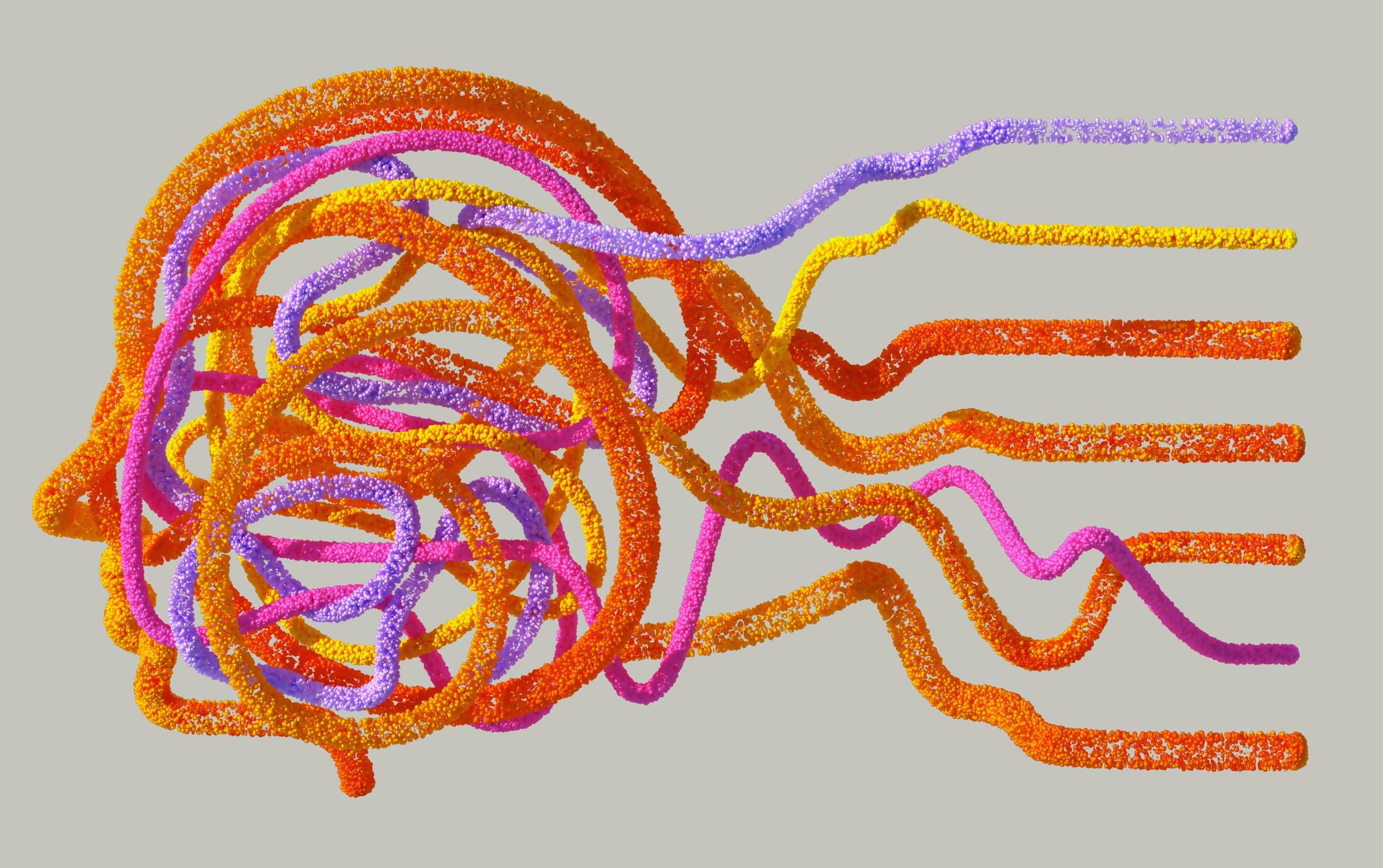An individual with a dust mite allergy reacts to small bugs that predominantly thrive in house dust. To be precise, dust mites are microscopic bugs that are closely related to spiders and ticks. These bugs thrive in humid, warm environments and feed on people’s skin cells. Typically, these dust mites can be found around bedding, furniture, and carpets as they’re ideally the best breeding ground for these bugs to flourish.
Exploring Dust Mite Allergy
A person experiences a dust mites allergy when their immune system overreacts when confronted by harmless substances such as pet dander, pollen, and dust mites. Basically, their immune system makes a mistake when it confuses these substances as dangerous invaders despite their harmlessness. As a response, antibodies are produced to fight against these perceived threats causing inflammation in the lungs or nasal passages once exposed to the allergen. This exposure can be short or prolonged and causes chronic inflammation aligned with asthma. Mainly, the decayed bodies of dust mites and their waste contain proteins that create this allergen.
Symptoms
Primarily, symptoms of the dust mites allergy are caused by nasal passage inflammation. Namely, these symptoms include watery, red, or itchy eyes, nasal congestion, sneezing, facial pain or pressure, and postnasal drip.
For children, in particular, blue skin forming under the eyes and frequent nose rubbing are the most prevalent symptoms. Furthermore, a dust mite allergy can cause symptoms found in asthma such as breathing difficulties, chest pain or tightness, exhaled wheezing, audible whistling, and sleep issues.
More severe cases may have a person struggling with bouts of wheezing or coughing due to viruses such as a cold or flu. Depending on the person, the various symptoms caused by the dust mites allergy can be mild or severe. For instance, someone with a mild case has occasional symptoms such as sneezing, watery eyes, and a runny nose. In contrast, someone with a severe case may have chronic symptoms such as persistent coughing, sneezing, eczema flare-ups, frequent asthma attacks, and intense facial pressure.
Risk Factors

The dust mite allergy can develop due to several risk factors with genetics and family history being the main contributors. Indeed, an individual with multiple affected family members is likely to have sensitivities to dust mites, increasing their risk. Additionally, exposure to dust mites at an early age can also make one susceptible to the allergen. Likewise, age plays an important part in someone developing a dust mite allergy as children, teens, and young adults are most likely to get it.
Exposure to dust mites and their waste can make an individual prone to various complications. For instance, they can get sinus infections caused by chronic inflammation within the nasal passages, blocking their sinuses and increasing their risk of developing sinusitis. Comparatively, a person who has asthma and a dust mite allergy has difficulty managing their asthma symptoms due to the severe or frequent asthma attacks they experience. As a result, they’ll need to seek a doctor for immediate care as this allergy can worsen their respiratory issues.
Diagnosis
One’s susceptibility to developing a dust mites allergy is based on information on the home environment and exhibited symptoms. For a doctor to test airborne allergies, an individual’s nasal lining is examined with a lighted instrument. If allergic, their nasal lining will appear bluish, pale, or swollen. Additionally, a person is suspected of having a dust mites allergy if their symptoms worsen while cleaning or at night. However, if they have a pet, their diagnosis may be complicated especially if their pets sleep in their bedroom. To confirm a dust mites allergy, a doctor may recommend an allergy skin test or help their patients seek an allergist for support.
During a skin test, a doctor has purified allergen extracts and dust mites pricked on a person’s upper back or forearm for fifteen minutes. After the time is up, they search for any allergic reactions, causing itchy, red bumps to appear. Alternatively, they can recommend blood tests to find specific antibodies contributing to the allergen. However, an infected individual may only undergo blood tests due to having a potential skin condition or medication causing issues with skin tests.
Treatments
To control a dust mites allergy, an individual must minimize their exposure to dust mites or take medication to alleviate their symptoms. Although avoidance of dust mites helps reduce allergic relations, eliminating them entirely is impossible. Therefore, taking certain medications such as antihistamines, corticosteroids, and decongestants may provide relief. While antihistamines reduce sneezing, runny nose, and itching, corticosteroids stop inflammation. Similarly, decongestants are used to shrink nasal tissues that have become swollen; long-term, or overuse may worsen congestion issues.
Final Thoughts
Managing a dust mite allergy requires the avoidance of dust mites altogether. An individual may not be able to remove dust mites from their home completely, but they can significantly reduce their population in various ways. By focusing on the bedroom, they should keep them tidy, wash bedding regularly with hot water at a temperature of 130°F/54.4°C, and remove any clutter from the floors. Ultimately, following these measures reduces bed mites and alleviates symptoms effectively.
Disclaimer: This article is intended simply to provide information. It does not replace the medical advice of a physician or other medical professional. Please speak with your doctor or therapist if you have any questions or concerns.










